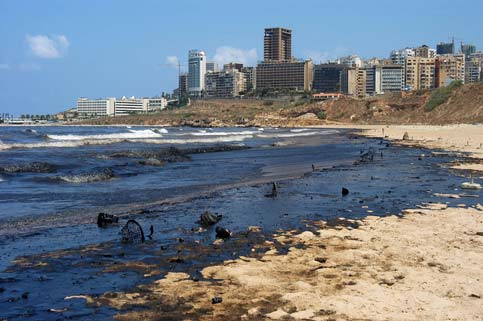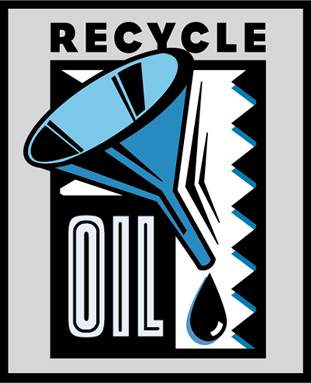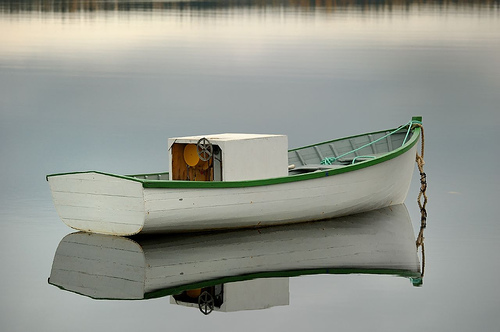Live Greener with Yamalube 2W Oil
 Over my lifetime, there has been more emphasis on treating the environment the right way. With the discover of global warming and the impact that humans are having on the world that we live in, governments have tried to find new ways for people to consume less and limit their impact. In my family, this meant a lot of changes initially.
Over my lifetime, there has been more emphasis on treating the environment the right way. With the discover of global warming and the impact that humans are having on the world that we live in, governments have tried to find new ways for people to consume less and limit their impact. In my family, this meant a lot of changes initially.
My mother decided that we would use glass milk containers rather than plastic, because these could be recycled more easily. In general, we began recycling everything more and trying to drive less. When my dad took his Jet Ski out on the water, he would use Yamalube 2W oil rather than anything else, because it produced less smoke and less water pollution.











 Through several posts on this blog, we’ve stressed the importance of recycling your
Through several posts on this blog, we’ve stressed the importance of recycling your  Just like with your car,
Just like with your car,